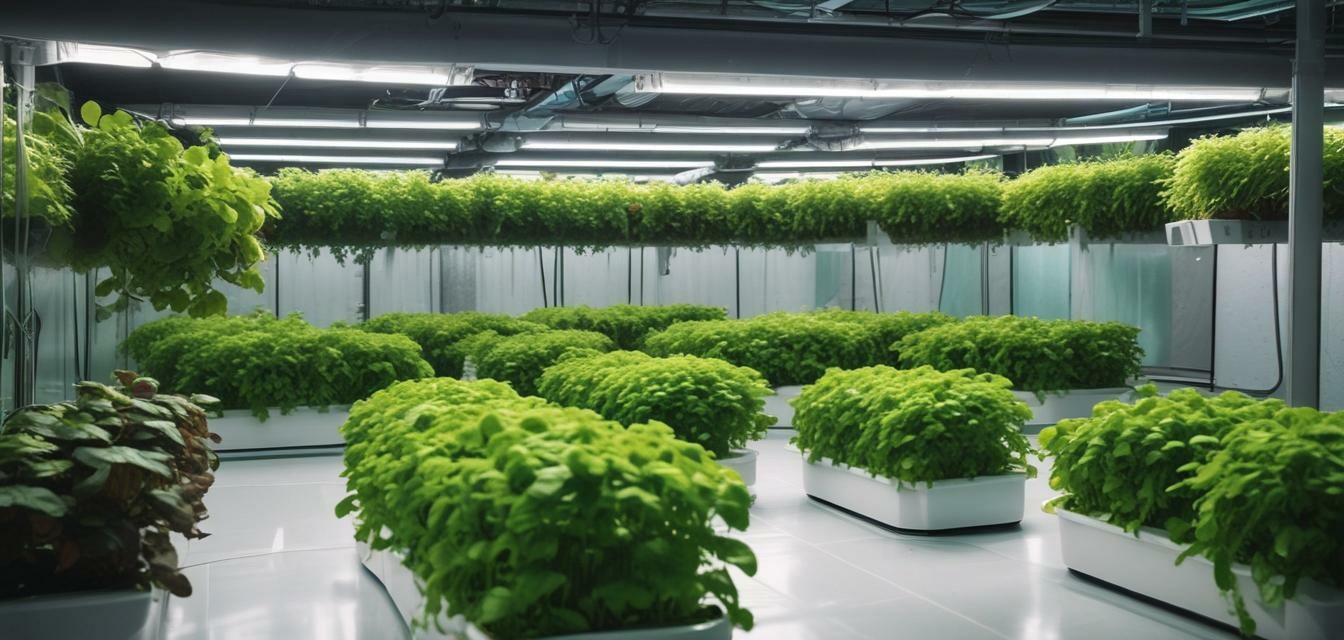
The increasing popularity of hydroponic gardening
Key Takeaways
- Hydroponic gardening allows for soil-less cultivation of plants, making it a versatile option for gardeners.
- This method is gaining traction due to space efficiency and faster plant growth.
- It offers sustainable practices by using less water and enabling year-round crop production.
- Both beginners and experienced gardeners can benefit from hydroponic systems with the right guidance.
Hydroponic gardening has emerged as a revolutionary way for gardeners to cultivate plants without the need for soil. This method absorbs the essential nutrients directly, making it a favored choice for those looking to optimize space and improve plant growth. Whether you're a seasoned gardener or a beginner trying your first project, hydroponic gardening can offer numerous benefits that are hard to ignore.
What is hydroponic gardening?
Hydroponic gardening is the practice of growing plants in a nutrient-rich water solution instead of soil. This method allows for maximum control over the growing environment, which can lead to quicker harvests and healthier plants.
How does it work?
There are various systems and methods employed in hydroponic gardening, but the basic principles remain the same. The plants' roots are submerged in a water solution that contains essential nutrients required for their growth.
Benefits of hydroponic gardening
| Benefit | Description |
|---|---|
| Space Efficiency | Hydroponic systems can be set up vertically, allowing you to maximize space usage. |
| Faster Growth Rate | Plants often grow faster in hydroponic systems due to optimized nutrient availability. |
| Water Conservation | Hydroponic systems use significantly less water compared to traditional gardening methods. |
| Location Flexibility | You can grow plants in locations without suitable soil quality. |
Popular hydroponic systems
Several hydroponic systems are popular among gardeners, each with its own pros and cons. Here are some of the most commonly used systems:
- Nutrient Film Technique (NFT): A thin film of nutrient-rich water flows over the roots of plants.
- Deep Water Culture (DWC): Plants are suspended in a nutrient solution with their roots submerged in water.
- Aeroponics: Roots are misted with a nutrient solution, allowing for high oxygenation and faster growth.
- Drip Systems: Nutrient solution is delivered to each plant through a network of tubes and drippers.
Getting started with hydroponic gardening
Beginner tips for success
- Start with easy-to-grow plants such as lettuce or herbs.
- Choose a simple hydroponics system that matches your skill level.
- Monitor nutrient levels and pH to ensure optimal plant health.
- Maintain proper lighting conditions to promote growth.
Common challenges
While hydroponic gardening offers immense benefits, it also comes with challenges. Here are a few to keep in mind:
- Initial startup costs can be higher than traditional gardening methods.
- Requires knowledge of system maintenance and plant care.
- Pest or disease management can differ from soil-based gardening.
Conclusion
The increasing popularity of hydroponic gardening is reshaping the way we think about growing food and ornamental plants. Whether you are dealing with limited space or seeking a more sustainable gardening practice, hydroponics presents a valuable solution. By embracing this innovative technique, gardeners can enjoy higher yields, healthier plants, and greater efficient use of resources.
Pros
- Maximized use of space through vertical gardening.
- Faster plant growth and higher yields.
- Less water usage than traditional gardening.
Cons
- Higher initial setup cost.
- Requires ongoing monitoring of systems.
- Pest control can be more complex without soil.
To keep up with the latest trends, consider exploring our other articles. Check out our Buying Guides for product recommendations, or dive into our Garden Inspiration section for creative gardening ideas.